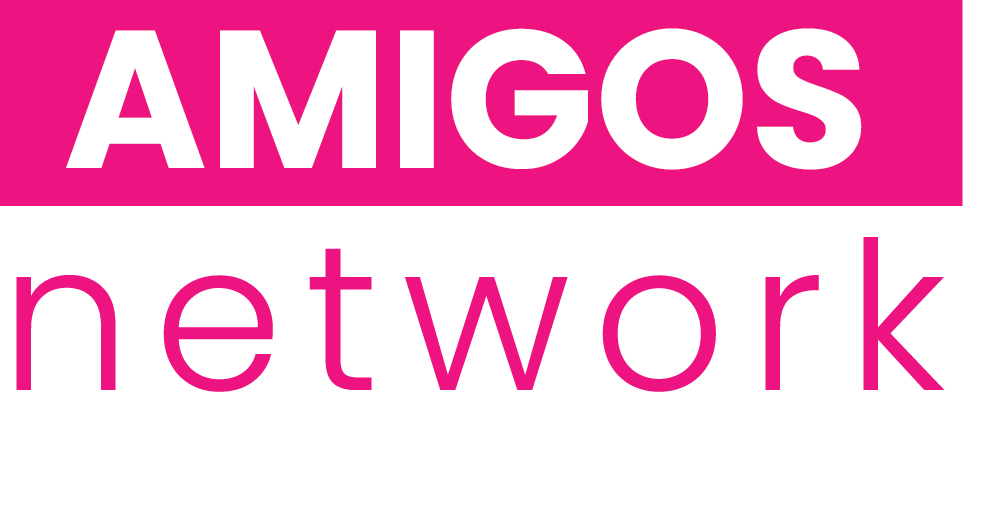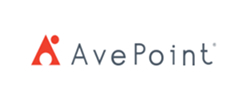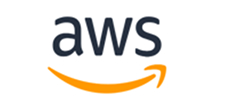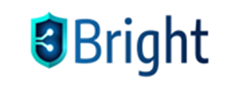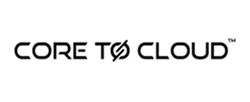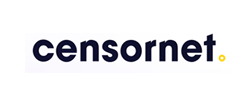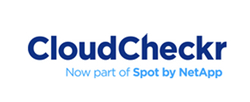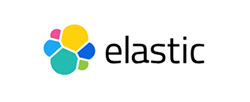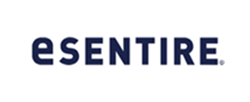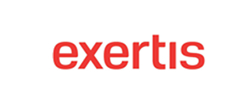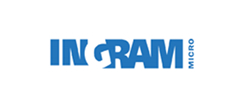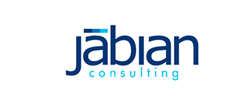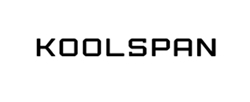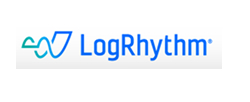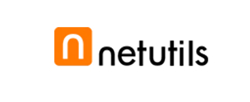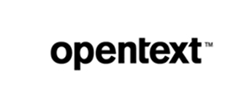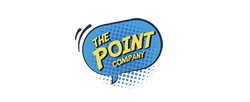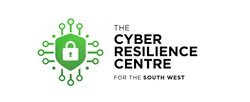Thursday, November 21, 2024 by Shelley Hirst
Ahh, the sweet sound of a phone ringing...and ringing...and ringing. But wait! What's that? A click, a voice on the other end? Could it be? Yes, the elusive buyer has finally picked up!
But how did this miraculous event occur? Did the stars align? Did Mercury exit retrograde? Or did you finally discover the secret sauce that turns content-consuming phantoms into actual, talking humans?
Here we get into the alchemy of transforming ghosters into greeters. Spoiler alert: it's maybe more practical than magical!
The "Eureka" Moment: When Content Overload Leads to Clarity
Imagine binge-watching a TV series for days on end. At some point, even the most gripping plot loses its allure, and a sudden craving for real-life interaction kicks in. Similarly, after gorging on your endless stream of blogs, webinars, and whitepapers, the buyer hits a saturation point. Their brain, now marinated in your content, starts yearning for substance over style.
This is the "Eureka" moment when they realise that perhaps, just perhaps, speaking to a human might expedite their quest for knowledge. So, when your call comes through, instead of sending you to voicemail purgatory, they might just answer, driven by a desperate need to escape their self-imposed content labyrinth.
The Fear Factor: A Looming Deadline or Problem
Nothing motivates like fear. A looming project deadline, a sudden problem that needs solving, or a boss breathing down their neck—these are the catalysts that propel a buyer from passive consumption to active engagement.
In this panic-induced state, your call transforms from an annoyance to a lifeline. The buyer, cornered by circumstance, grasps at the opportunity to offload their troubles onto someone else—namely, you. It's not that they've suddenly fallen in love with your product; they're just desperate. But hey, a win's a win, right?
The Content Connection: When Relevance Breeds Trust
While fear and timing play their parts, there’s another, more sustainable reason buyers pick up the phone: trust, built from a steady flow of relevant content. Over time, your content has done more than just inform; it has connected. Each blog post, case study, and newsletter has woven a thread of relevance, creating a fabric of trust that envelops the buyer.
This isn’t about overwhelming them with information; it’s about consistently delivering value. When your content consistently speaks to their needs, addresses their pain points, and anticipates their challenges, something magical happens—they begin to trust you. They see you not as just another vendor, but as a partner who understands their world.
So, when your call comes through, it’s not met with suspicion or avoidance, but with curiosity. The buyer answers because they trust and believe you have something worth saying. They’ve been following your content journey and are now ready to take the next step—moving from content consumption to a real conversation. This is the payoff of creating a continual and useful connection through content.
Social Proof: When Everyone Else is Doing It
Ah, peer pressure—the timeless motivator. When a buyer notices that their contemporaries are hopping on the latest industry trend (possibly one that your product spearheads), FOMO kicks in. They've seen the case studies, the testimonials, the LinkedIn posts boasting success stories.
Suddenly, your once-ignored call becomes a ticket to the cool kids' table. They answer, not out of genuine interest, but to avoid being the last one left out. Congratulations, you're now the lesser of two evils.
The Guilt Trip: Reciprocity at Its Finest
Remember all that free content they've been hoarding? The webinars, the eBooks, the cheat sheets? While they enjoyed the feast, a tiny voice in the back of their mind whispered about reciprocity. It's the same nagging feeling you get after eating all the free samples at the grocery store without buying anything.
Eventually, the guilt accumulates. So when your call lights up their phone, they think, "Fine, I guess I owe them at least a conversation." They answer, hoping that a quick chat will absolve them of their freeloading sins. Of course, you've been counting on this all along.
The Stars Align: Right Time, Right Place
Sometimes, it's all about timing. You catch them in a good mood, just after their third cup of coffee, and right before their next meeting got cancelled. They're feeling productive, generous even. Your call arrives like a serendipitous opportunity.
In this rare cosmic event, the buyer picks up, not because of your relentless content strategy, but because the universe decided to throw you a bone. Enjoy it; these moments are as fleeting as they are unpredictable.
The Transition from Content to Connection
So, what's the grand takeaway here? Buyers are complex, fickle beings driven by a myriad of factors—none of which are entirely under your control. But by understanding these triggers, you can position yourself to capitalise on the moments when they're most likely to engage.
Keep churning out that purpose-driven content; keep being the reliable, informative presence in their digital life. Because when the moment strikes—be it guilt, fear, social pressure, a desperate need, or simply the realisation that your content has actually been helping them all along—you'll be the first person they think of.
And when they finally do pick up the phone, be ready to make it count. After all, you've been waiting for this moment longer than you'd like to admit.
If you like this, read the next instalment “Mysteries of the Meeting No-Shows"
Frequently Asked Questions
Market Activation identifies in-market buyers (via intent data, behavioural signals) and immediately engages them with tailored outreach (nurture tracks, one-to-one advisor sessions, community invites).
Demand Engine: Targeted outreach (email, ads, sponsorships) that scores clicks → qualified leads → sales-ready appointments.
Performance Dashboard: Real-time visibility into open rates, CTOR, CPL and lead progression via our online sales portal.
Content Amplification: Thought leadership shared in The Amigos Network drives deeper engagement and social proof.
Peer Validation: Prospects get candid feedback from peers on your solutions, shortening the evaluation cycle.
Pipeline Catalysis: Warm introductions and referral paths within the community fuel high- intent conversations.
- Top-of-Funnel: Build credibility through community content and events.
- Mid-Funnel: Leverage peer case studies, expert Q&As, and live demos to answer deep technical questions.
- Bottom-of-Funnel: Invite high-intent members to advisory councils or private 1:1 sessions, often the final nudge before purchase.
- Interesting content: We originate, curate, and syndicate different types of content we know our audiences want to engage with and tell them it’s there.
- Sponsored content: We use sponsored content to drive engagement with individual brands.
- Promotion: We promote that content via multiple channels such as email, social media, YouTube, and so on.
- Identification: We ingest company-level engagement signals and combine it with known contacts that may be researching key topics.
- Segmentation: Members are bucketed by level of intent (high, medium, low) plus ICP fit and company size.
- Activation: High-intent members receive prioritised community invitations (events, focus groups, product deep-dives) to accelerate deals.
- Purchased data highlights who’s in-market.
- Community engagement reveals what questions they’re asking, so your nurture can be hyper-relevant.
- Result: A 2–3× lift in meeting acceptance and pipeline velocity vs. cold outreach alone.
- Marketing owns the nurture tracks, community invites, educational content, and event promos.
- Sales intervenes only at “high-intent + active community engagement” thresholds, with account-specific demos and peer introductions.
- Outcome: Fewer wasted calls and a higher win rate on truly qualified opportunities.
- Engagement Metrics: Community log-ins, event attendance, content downloads.
- Intent Conversion: % of intent-scored members who join private roundtables or request demos.
- Pipeline Velocity: Time from first community touch to opportunity creation.
- Revenue Impact: Contribution of community-sourced deals to overall bookings.
- Average Weekly Open Rate: 40%
- Average Weekly Click-to-Open Rate: 70%
- Average Cost-per-Lead: £45
- Minimum ROI: 500%
- Average Dwell Times: 1 minute 45 seconds
